2024 Year-End Credit Market Update
- Chris Sweet, Managing Director | Head of Capital Advisory
- Scott Thomas, Senior Director, Capital Advisory
- John Stine, Senior Vice President
2024 Recap & 2025 Outlook
EXECUTIVE SUMMARY
In our 1H 2024 credit market update, we highlighted the improvement in financing market conditions, with key themes including –
- Muted M&A activity, lack of exit opportunities, extended hold periods and mounting pressure for sponsors to return capital to LPs
- Significant opportunistic refinancing activity including record setting repricing / amendment volumes
- Dividend recapitalization volumes on record-setting pace as sponsors sought to generate liquidity
- Pent up loan demand and increased risk appetite from lenders across private credit and the broadly syndicated loan (BSL) market
- Resurgence of the BSL market driving increased competition for private credit lenders
- Tightening of credit spreads to multi-year lows
- Market optimism with respect to near-term base rate reductions by the Fed
As we will highlight in this credit market update, many of these dynamics persisted and even accelerated throughout the second half of 2024 driven by ongoing lack of M&A activity, very little net supply and robust demand for loans. The significant supply / demand imbalance drove further credit spread compression throughout the second half of 2024, fueling a record year for opportunistic issuance including refinancings, repricings and dividend recapitalizations.
Looking to the year ahead in 2025, the stage is set for what should be a productive year for deal making activity. We anticipate a material increase in M&A and new issuance activity driven by the following factors.
- The uncertainty that comes with election years is now behind us
- The Fed’s highly anticipated quantitative easing cycle has commenced, with 100 basis points of rate reductions implemented in the second half of 2024
- Financing markets remain supportive with significant dry powder / pent-up demand, record-low credit spreads and borrower friendly terms available, particularly for quality opportunities
- Extended hold periods and mounting pressure for sponsors to exit investments and return capital to LPs may bring more sellers to market
STRONG FINISH TO 2024
Following a brief slowdown during the third quarter, the leveraged loan primary market activity regained its momentum in the fourth quarter ending 2024 with a record-setting approximately $1.4 trillion in overall new-issue market activity inclusive of repricing and extension transactions. This represented a 252 percent increase from 2023 and exceeded the previous record of $972 billion set in 2017 by more than 40 percent. The fourth quarter of 2024 recorded $400 billion of primary market activity and was the second busiest quarter ever behind the $405 billion recorded in the second quarter of 2024. While financing market activity generally continued to be heavily weighted towards opportunistic financings, Q3 2024 represented a bright spot for M&A financings, as non-refinancing issuance volumes reached $81 billion, the highest quarterly total since Q1 of 2022.
EXHIBIT 1 – US Institutional Loan Activity
Source – Pitchbook
*Reflects repricings and extensions done via an amendment process only.
After removing credit agreement amendment activity including repricings and maturity extensions, new-issue loan volumes across pro rata and institutional issuance totaled $654 billion in 2024, representing a nearly 100 percent increase from 2023, but falling short of the record $802 billion in 2021 by 18 percent. The resurgence of the BSL market continued through the second half of 2024, as institutional issuance reached $501 billion, a 113% increase from 2023.
EXHIBIT 2: US Leveraged Loan Issuance Volume
Source – Pitchbook
Amid a challenging M&A environment, dividend recapitalization activity maintained its pace in the second half of 2024, as total institutional leveraged loan dividend recap volume reached $81 billion in 2024, up more than 300 percent from 2023 and falling just short of the record of $82 billion recorded in 2021.
Exhibit 3 – Institutional Leveraged Loan Dividend Recap Volume
Source – Pitchbook
Lack of new financing opportunities and increased competition amongst credit investors continued to drive lower pricing across the credit spectrum in the second half of 2024. Average new issue spreads for single B issuers decreased nearly 75 basis points over the course of 2024, ending the year more than 150 basis points below their recent peak in Q3 2022 and reaching multi-year lows. Borrowers continue to take advantage of the credit spread compression by opportunistically pursuing transactions to reduce their cost of capital, extend maturities and fund dividends.
EXHIBIT 4 – Average New-Issue Spread by Borrower Rating
Source – Pitchbook
The private credit market also experienced spread compression throughout 2024. For the six months ended September 30, 2024, approximately 22% of new sponsor-backed issuances were priced at S + 600 bps or higher, down from 30% in the first half of 2024 and nearly 83% in the second half of 2023. Notably, approximately 19% of new sponsor-backed issuances priced inside of S + 500 bps as of the six months ended September 30, 2024, compared to only 13% of issuances in the first half of 2024 and zero issuances in the second half of 2023.
EXHIBIT 5 – Distribution of New-Issue Spreads for Sponsor-backed Direct Lending Transactions
Source – Pitchbook
Within the pricing data above, another key theme that played out in 2024 was the resurgence of the BSL market and the renewed competition between the BSL and private credit markets. During Q1 2024, BSL refinancings of private credit facilities reached nearly $12 billion (approximately three times the volume of private credit refinancings of BSL facilities), as borrowers took advantage of lower pricing in the BSL market. Throughout the remainder of 2024, balance returned to the market as private credit regained its footing with direct lenders reducing spreads and pulling other levers to avoid being displaced by BSL facilities. Private credit lenders remain a formidable competitor in the upper middle market and the preferred solution for true middle market and lower middle market borrowers.
EXHIBIT 6 – Refinancing Activity – Broadly Syndicated Loans and Direct Lending Takeouts
Source – Pitchbook
OUTLOOK FOR 2025
Following a strong year of performance in 2024, credit markets are entering 2025 in a solid position. Loan issuance volumes were near record levels in 2024 and credit spreads have tightened to multi-year lows driven by significant dry powder, robust loan demand and a relative lack of new opportunities. The significant supply demand imbalance and lack of M&A activity was a consistent theme throughout the year ultimately driving record levels of repricing and extension activity and significant benefit to borrowers.
The outlook for increased M&A and financing activity has brightened significantly with several factors providing tailwinds for improved deal activity. We noted in our 1H 2024 update that a leveling off of inflation and lower base rates were likely a pre-condition to a material increase in M&A and new financing activity. The long-anticipated easing cycle has now begun with the Fed reducing the Federal Funds Rate by 100 basis points across three separate actions beginning in September of last year. Market participants continue to report the largest backlog of deals seen in years, given a sustained period of suppressed M&A activity. Private equity firms have a mounting list of unrealized exits, which they must bring to market soon to return capital to LPs. The uncertainty that typically plagues election years is now behind us. Some market participants have expressed concern that new tariff policies and a potential flare up in inflation could still introduce some level of risk and uncertainty into the market this year, however, others have expressed optimism that the new administration may provide additional support for M&A markets through policies promoting tax cuts and reduced regulation. We remain optimistic and excited for the year ahead given the probability of increased M&A and a shift away from repricings, extensions and other opportunistic activity.
PORTAGE POINT’S DIFFERENTIATED APPROACH TO CAPITAL ADVISORY SERVICES
Portage Point is a business advisory and investment banking business focused on providing holistic advisory services and solutions to sponsored and non-sponsored companies in the middle market. Our Capital Advisory team partners with each client to evaluate capital requirements, structure tailored financing solutions and run competitive and efficient financing processes to provide certainty of execution for our clients and optimize financing outcomes based on each client’s unique goals and priorities. Our team leverages years of transaction execution experience and deep lender relationships across the landscape of credit providers to develop an effective process strategy and craft thoughtful marketing materials which highlight attractive credit attributes of the business while addressing key lender concerns. In the constantly evolving private credit and middle market financing landscape, it is critical for middle market companies, financial sponsors and management teams to have an experienced and trusted advisor to navigate this marketplace and secure the financing they require to fund their businesses.
Portage Point’s differentiated, cross-functional platform enables the firm to add value for clients across a range of capabilities and solutions prior to, during and after a financing transaction. These services may include financial and operational due diligence, transaction execution services and performance improvement initiatives and more.
Footnotes
1. Pitchbook LCD data for BB-, B+, B and B- credit spreads through December 31, 2024, as reported in the Q4 2024 U.S. Credit Markets Quarterly Wrap Report
2. Pitchbook LCD data for historical leveraged loan dividend recap activity through December 31, 2024, as reported in the Q4 2024 U.S. Credit Markets Quarterly Wrap Report
Disclaimer
Investing in securities involves risk, including the potential loss of principal. The value of investments can go down as well as up, and investors may not get back the full amount originally invested. Past performance is not indicative of future results. All investments carry some degree of risk, including the potential for loss of principal.
Private credit typically refers to debt investments in privately negotiated loans or debt securities. Private credit offers potential benefits such as higher yields, customization of terms, and a focus on steady income generation, but it comes with drawbacks like illiquidity and higher credit risk due to the nature of borrowers involved.
In contrast, broadly syndicated loans are large loans provided by a group of lenders to a single borrower. Broadly syndicated loans are typically rated and have standardized terms, making them more transparent and easier to benchmark. However, they may offer lower yields and less flexibility in terms compared to private credit.
Investing in debt securities is not suitable for all investors. Economic downturns, changes in interest rates, and complex contractual terms further contribute to the risk profile of investing in debt. It is important to conduct thorough research and consider your risk tolerance before making any investment decisions.
This document is for informational purposes only and does not constitute an offer or solicitation to purchase or sell securities. Investors should seek advice from a qualified financial advisor and conduct their own research and due diligence before making any investment decisions.
There is no assurance that any investment strategy will achieve its objectives. All investing involves risk, including the possible loss of principal. Diversification does not guarantee a profit or protect against loss in declining markets.
Investment Banking Services are offered through Triple P Securities, LLC. Member FINRA SIPC. Firm details on FINRAs BrokerCheck.













